Every Indian relates to a box of spices placed in kitchen cabinet. Combination of a variety of spices may feel intimidating at first. But, as someone starts appreciating the range of flavours these spices and herbs can create, one can not help but fall in love with it. Here we will explore not only unique flavour and aroma of each but also health benefits of spices and herbs, most commonly used in Indian cooking.
If preparing traditional dishes is an art, then spices and herbs are the real artists.
Taste and aroma of a recipe is determined by the mixture of spices used in it.
India is recognised as ‘land of spices’ for ages. Climate of this south Asian domain is favourable for growing varieties of spices and herbs. Some spices are native to India. Some spices and herbs originally belonged to other region of world, were brought to India a long ago. Then these, gradually blended with it’s culture.
There was a time when traders traveled across sea from European countries to reach India. They used to exchange ‘black peppercorns’ with gold, silver and precious stones. Such was the craze of black pepper in royal European dynasties.
Below is list of common spices and herbs used in every Indian household. I have also detailed little-known health benefits of spices and herbs in food.
1. Ginger

It is a rhizome or root. Ginger plant belongs to the same group of plants as turmeric and cardamom.
Talking about health benefits of spices and herbs on gut, ginger is the best. It is used for ages to treat nausea and vomiting. Ginger has antioxidant and anti inflammatory qualities too.
Young ginger is tender and subtle. Where as, old ginger is fibrous and stronger in flavour. Fresh ginger has a more refreshing aroma in comparison to dry ginger. It is because of a component named ‘gingerol’. This component is also studied now a days for medicinal properties.
2. Garlic
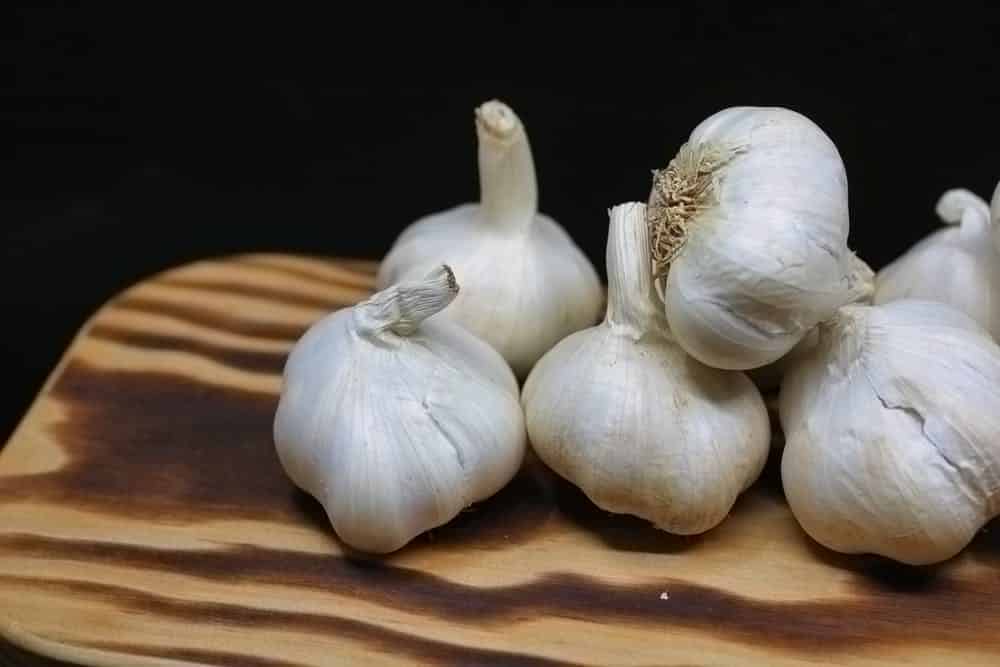
It is a bulb. Garlic and onion, both plants are part of lily family. Garlic delivers a typical pungent odour. Ginger and garlic paste is incorporated in most of the Indian curries. It is well-known to have anti-bacterial ,anti-protozoal and anti-fungal medicinal values.
It has a compound named ‘Allliin’. When garlic is chopped or crushed, ‘Alliin’ is converted to ‘Allicin’ by an enzyme allinase present in garlic. Allicin is the active compound. Antibacterial property of garlic is because of ‘Allicin’.
3. Turmeric
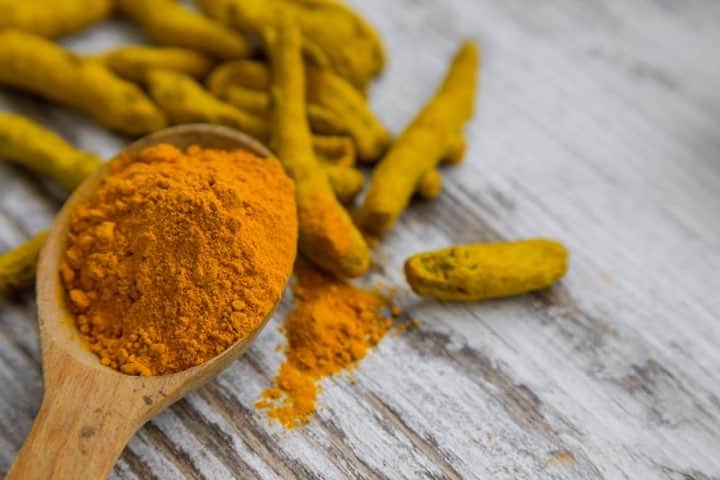
It is a rhizome or root. Turmeric is cited in vedas. Indians have been valuing it for past 4000 years.
‘Haridra’ is Sanskrit word for turmeric. It stands for, dear to ‘Hari’ or dear to ‘Lord Krishna’.
People at first added it as a colouring agent. Hence otherwise termed as ‘Indian Saffron’. Since ancient times it is noted to have anti inflammatory and antibacterial property. Thus it was applied on skin wounds.
Indians use it extensively in curries as fresh or powder form. ‘Tumerole’ is one of the key volatile oil present in turmeric. ‘Curcumin’ is the compound that imparts typical golden yellow colour to it.
Now a days turmeric powder is adulterated with lead oxide and lead chromate to enhance its colour.
4. Pepper

Pepper is a dried fruit, also termed as ‘peppercorn’.
In middle age century, it was traded extensively. That is why, pepper is otherwise termed as ‘black gold’. People also used to value it as ‘currency’.
It is of varied types for e.g. black pepper, white pepper, green pepper, red pepper, pink pepper etc. Black pepper is the commonest one. It is either added as a whole spice or in grounded form.
The spicy aroma of pepper is due to a constituent ‘piperine’. ‘Piperine’ is different from ‘caspaisin’ which is present in chilli.
5. Cardamom

Cardamom is a dried fruit. It has an outside capsule and black seeds inside.
Cardamom carries the designation of ‘Queen of spices’. It is one of the most expensive spices after ‘saffron’ and ‘vanilla’.
Green cardamom, white cardamom and black cardamom are three of its variations. Green cardamom is smaller and less intense. People integrate it mostly into sweet beverages and tea. When cardamom is bleached, it turns into white cardamom.
Black cardamom is larger in size. It has stronger aroma. That is the reason, people add it to savoury dishes.
6. Cinnamon
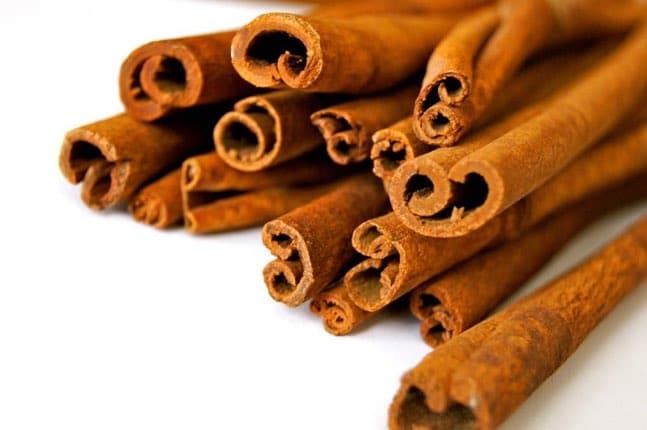
It is the dried bark, that rolls and takes a quill shape. Cinnamon carries a sweet flavour. This is by virtue of an essential oil ‘cinnamaldehyde’. People incorporate cinnamon in both sweet and savoury dishes.
Most commonly found cinnamon is ‘cinnamon cassia’ or ‘Chinese cinnamon’. This is native to China. It is light in colour, easy to grow and cheap.
Where as, ‘True cinnamon’ is darker in colour, more expensive and has a powerful aroma. This variety is native to India, Srilanka, Bangladesh and Myanmar.
7. Clove

Clove is dried flower bud with an intense fragrance. It is native to Indonesia. People use clove along with other spices for sweet, savoury dishes as well as for tea. Classic taste of clove is due to a chemical ‘eugenol’.
Eugenol present in clove relieves toothache. Clove cigarettes or ‘Kretek’ is well-liked across countries like Indonesia, USA , Asia and Europe.
8. Cumin

Cumin is an everyday spice in Indian cuisine. It is available either as a whole or as a powder form. Cumin is basically a seed. It is brown and ridged in appearance.
Cumin seed is distinct from fennel-seed / saunf as the later is sweeter in taste and green in colour. It is sometimes confused with carom seed / ajwain / Bishop’s weed. But carom seed is smaller and scents like thyme.
9. Coriander

It is one of the earliest spice known. Coriander has two forms. First is the dried seed, which is usable as a whole spice or as powder. Coriander powder along with cumin powder is the fundamental ingredient of curry powder.
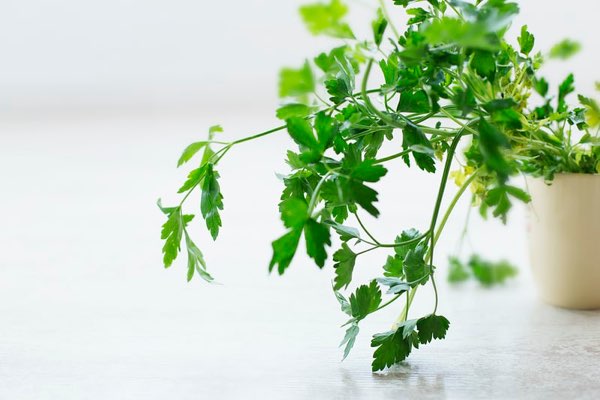
Second is fresh coriander leaves. We otherwise call it as ‘cilantro’ or ‘Chinese parsley’. Nothing can beat its characteristic aroma. Indians utilise it to prepare an array of chutney, salad , curries, rice, dal, soup etc.
10. Mint

Fresh mint leaves posses a profound aroma. This herb has a cool after-effect in mouth. Most people relish flavour of fresh mint in raita, biriyani, chutney and other dishes.
For centuries people have used it as a remedy for indigestion and common cold. It has a refreshing smell. There fore, numerous industries make use of it to prepare tooth-pastes and candies.
11. Fenugreek
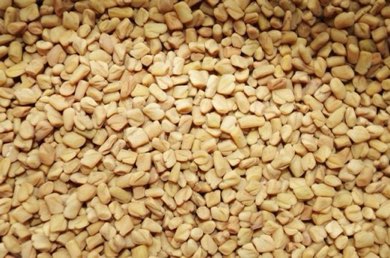
Fenugreek or methi seed is bitter in taste. Either fenugreek seed or powdered form is a spice in culinary. ‘Panch phoron’ has fenugreek seed as one of its five components. It is beneficial for diabetes as well.

Fenugreek leaves are small. It is used as a herb in world culinary.
Concluding words :
Indian spices and herbs have always attracted attention of entire world. It raises curiosity not only in terms of flavours but also in terms of medicinal values. Health benefits of spices and herbs are known since ages and still holds quite effective today.
The list of spices and herbs used in Indian culinary is endless. Still, this post attempts to convey a brief idea. But interesting part is, as more we dive into it, the deeper this topic becomes.
I hope this blog adds substance to your life. Also, I would love to know your valuable experiences with Indian spices and herbs. If you like this post, then do share this with your friends and family.
Some other popular posts :
Other related posts :

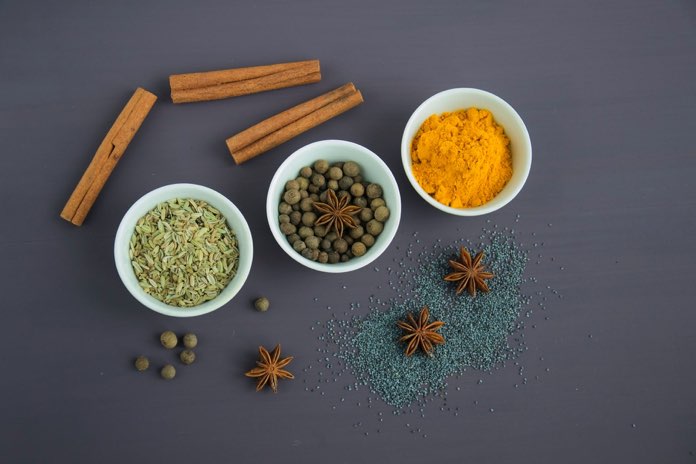




May 25, 2020 at 9:54 amAwesome post, lots of new informations?.. Taking me back to sahakari spice farm, Goa trip❤️
May 26, 2020 at 5:21 amThanks. That spice farm inspired me to write this blog??.